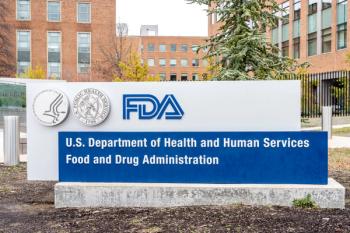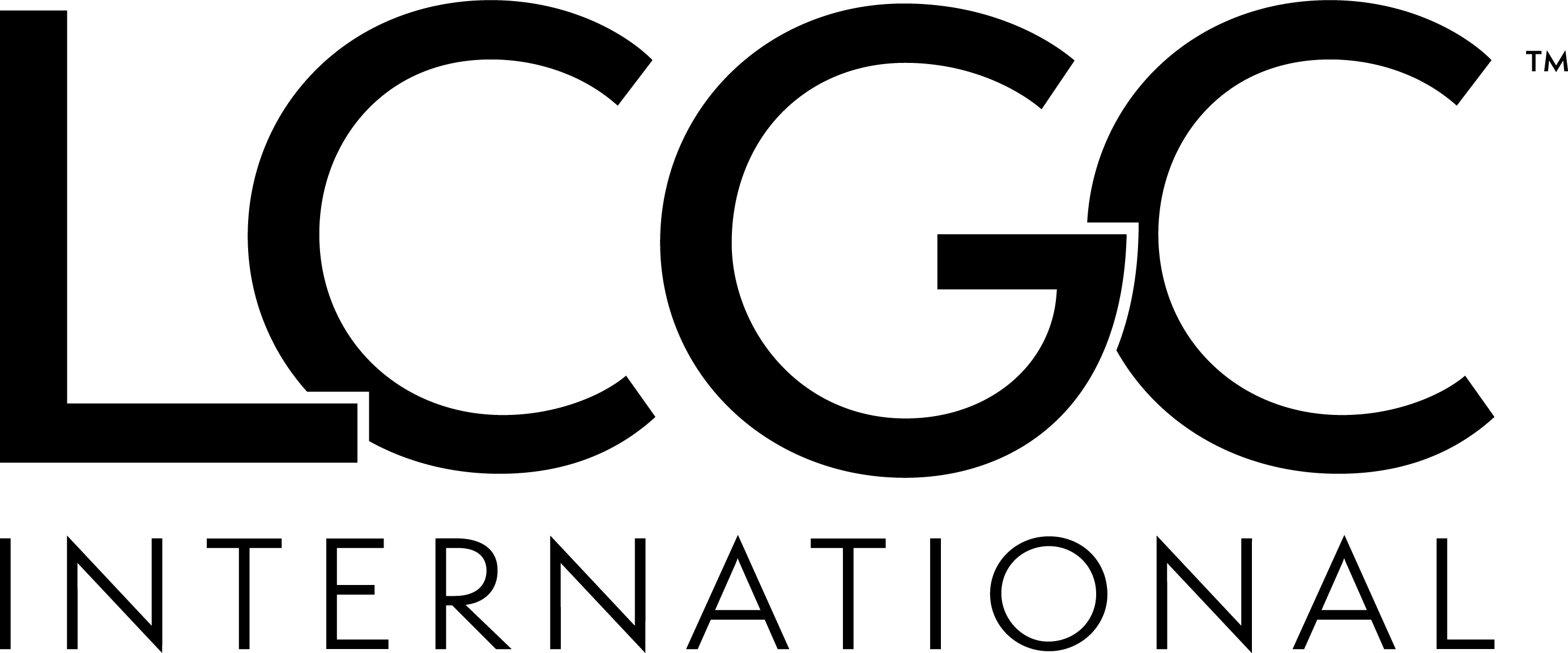
A New Clinical Trial Design Promises to Accelerate Cancer Drug Approvals
The Food and Drug Administration (FDA) has drafted a regulatory guidance describing a new way of conducting breast cancer drug trials that promises to reduce substantially the time and cost of getting new treatments to patients. The approach is based on a trial design being tested in the I-SPY 2 TRIAL, an innovative Phase II breast cancer trial being conducted under the auspices of the Biomarkers Consortium, a public-private partnership led by the Foundation for the National Institutes of Health (FNIH) that includes representatives from NIH, FDA, and multiple pharmaceutical companies and academic research centers.
Patients with early-stage breast cancer have typically had to wait for years to receive new cancer drugs, which are usually tested first in patients with later stage metastatic disease and approved for use in more curable early stage cancer only after additional randomized clinical trials. The draft guidance, which is described in the current issue of the New England Journal of Medicine, establishes a potential new pathway for accelerated approval of drugs tested prior to surgical removal of tumors in certain types of high-risk patients with localized, early-stage disease. FDA signaled it may now grant approval of new drugs that have shown clinical benefit, based on data from patients receiving this type of ³neoadjuvant² treatment whose invasive cancer has disappeared by the time of surgery (³pathologic complete response²).
Newsletter
Stay current in clinical research with Applied Clinical Trials, providing expert insights, regulatory updates, and practical strategies for successful clinical trial design and execution.






.png)



.png)



.png)
.png)
